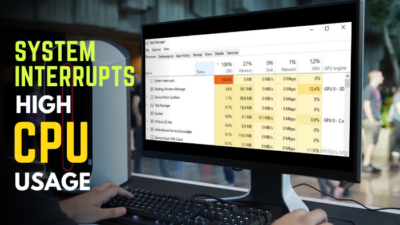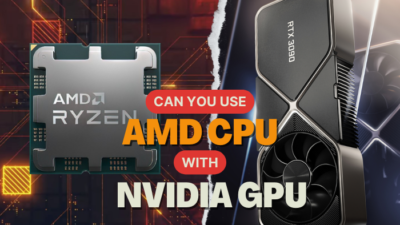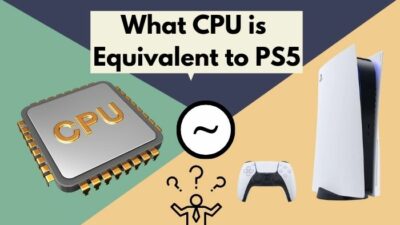Virtualization technology revolutionizes the way of allocating our PC’s processing power. It enables multiple virtual machines (VMs) to run on a single device, and divide your hardware as CPU, memory, and storage.
However, can you specifically virtualize your CPU?
You will get your answer in this article. Also, we will dive deeper into CPU virtualization technology, its advantages, and its implementation.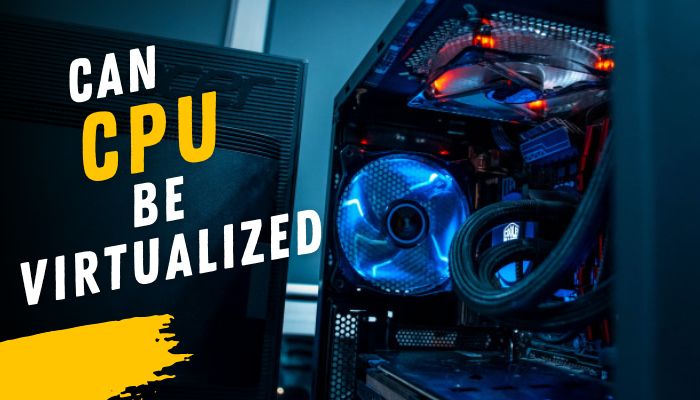
So, let’s jump in.
Can You Virtualize Your CPU?
Yes, you can Virtualize Your CPU if it has the VT-x technology. But all processors don’t have virtualization technology in them. CPU virtualization is the basic technique for diving a single CPU into multiple virtual CPUs. Using this technology, you can use VMs on your device.
Each virtual machine operates as a separate system. They have their own operating systems and applications, and direct access to the host PC resources.
However, Hypervisor (a Batch program) plays a key role in virtualizing and multiplexing the CPU resources, among the multiple virtual machines (VMs).
Now, how does the Hypervisor work? Follow the next section for your answer.
How Does Processor Virtualization Work
All operating systems get a ready queue of scheduled processes for every CPU. The OS usually multiplexes the hosted process in your device using a non-virtualized setting. But hypervisor gives the OS an illusion of CPU ownership through virtual machines.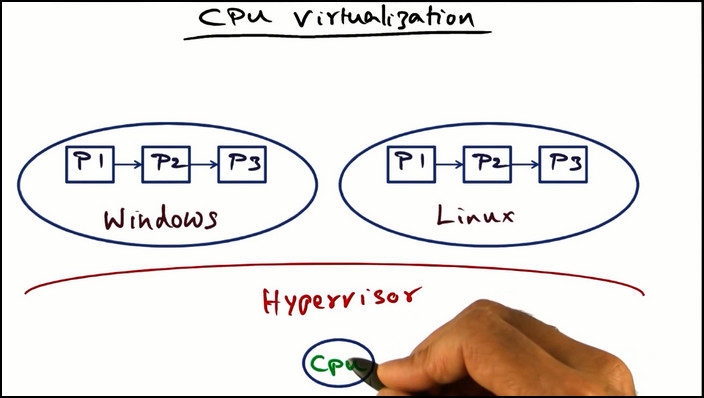
Virtualized CPU enables the efficient utilization of a physical CPU across multiple VMs. It helps with workload consolidation, resource utilization, cost optimization, etc.
When multiple virtual machines are running on an ESXi host, they race for CPU resources. In this scenario, the ESXi host resolves the dispute through time-sharing the CPU among all virtual machines.
This way, VMs run as if they have the required number of virtual processors, though the virtual machine shares the physical CPU resources.
Here are the 4 types of CPU Virtualization available for a CPU:
1. Software-Based CPU Virtualization
In software-based CPU virtualization, the processor directly executes the guest application code and the translated version together. Here, the hypervisor translates the code before your processor can use them.
It allows the guest operating system to run as if it has direct access to the physical CPU, while still being isolated from other virtual machines and the host system.
As a result, guest applications run slower than native speed.
2. Hardware-Assisted CPU Virtualization
Some processors give hardware support for CPU virtualization. Using this assistance, you can use a separate mode of execution called a guest mode.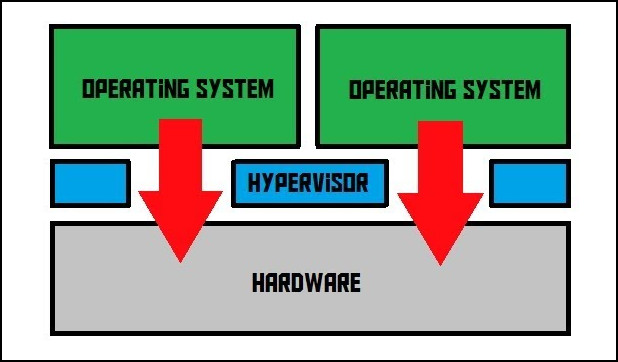
You don’t need to translate the code when you use this hardware assistant for virtualization. As a result, system calls or trap-intensive workloads run close to native speed.
3. Virtualization and Processor-Specific Behavior
VMware virtualizes the CPU, but before that, it detects the specific processor model. Different processor models have distinct CPU features.
Virtual machines utilize these features according to their capabilities. It means you can’t use vMotion to move virtual machines between processors with different traits.
However, if the processors support this feature, you can overcome the restriction using Enhanced vMotion Compatibility (EVC).
4. Performance Implications of CPU Virtualization
CPU virtualization affects your performance based on the virtualization types and process workloads.
Applications requiring CPU cores to prioritize certain instructions benefit from virtualization. However, this workload can reduce overall performance and CPU utilization.
These are some common types of CPU virtualization you will find around you.
But before attempting CPU virtualization you should know the CPU Cores requirements.
Does All CPU Support Virtualization?
No, you can’t virtualize every CPU. Your processor needs to have VT-x tech to use virtualization. Also, you have to enable the CPU virtualization option from the BIOS manually to use this technology. If you don’t see a virtualization option in your BIOS, your CPU does not support it.
In this section, I will show you how to find out if your CPU has virtualization technology. Let’s find out.
Here are the quick methods to find out if your CPU has virtualization technology:
Use Task Manager
You can see whether you have the CPU virtualization technology from the Performance section of the Task manager.
Follow the steps to see if your CPU has virtualization technology:
- Right-click on the taskbar and select Task manager.
- Navigate to Performance and choose CPU.
- Scroll down to Virtualization.
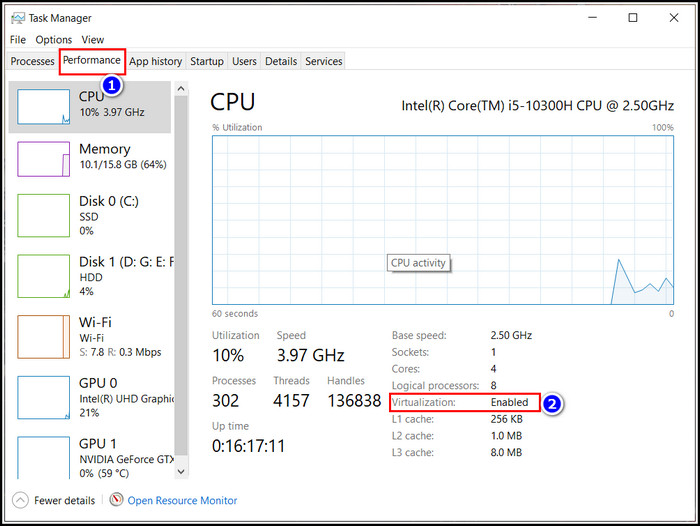
If you see the option in your taskbar then your processor has virtualization technology.
Use Command Prompt
You can also use the CMD to know the virtualization capabilities of your CPU. Follow the steps to know for sure.
Here are the steps to see whether your CPU has virtualization technology:
- Press the Win+ R key.
- Type CMD and press Enter.
- Input systeminfo in the command line.
- Scroll down to the Virtualization Enabled In Firmware section.
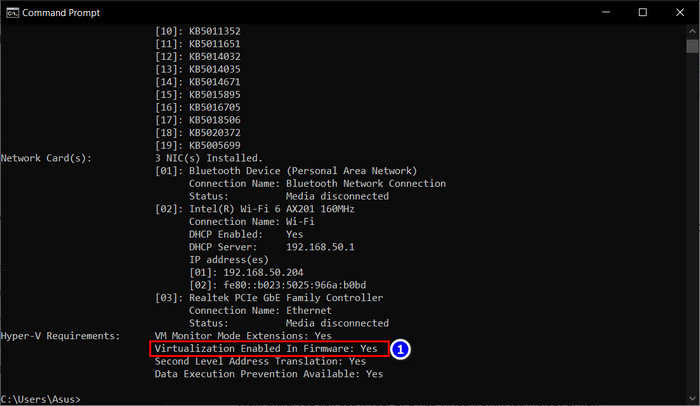
Here, you can see if your CPU has Virtualization technology.
You can also use the Intel Processor Identification Utility for intel processors and the AMD Virtualization Compatibility tool for AMD processors to know Virtualization availability.
Is CPU Virtualization Good?
Whether CPU virtualization is good or bad for your PC depends on the user’s perspective. It has both merits and demerits as two sides of a coin. CPU virtualization is a good solution for organizations looking to maximize resource utilization, improve flexibility, and enhance security.
However, it’s important to consider the organization’s requirements before deciding if CPU virtualization is the right choice.
In this portion of the article, I will show you the merits and demerits of CPU virtualization. It will help you determine whether it’s good or not for you
Follow this table to know the advantages and disadvantages of CPU virtualization:
| Advantages of CPU Virtualization | Disadvantages of CPU Virtualization |
|---|---|
| 1. Utilize all resources. | 1. Reduce overall performance. |
| 2. CPU Virtualization helps to quickly migrate virtual machines between systems. | 2. You may have security concerns about sharing physical resources among multiple virtual machines. |
| 3. It provides swift disaster recovery by restoring virtual machines from backup. | 3. It increases overall IT infrastructure complexity and increases maintenance difficulty. |
| 4. It saves costs by reducing the number of physical PCs. | 4. You require licenses for the virtualization software, which adds extra cost to the company. |
| 5. Scalability. | 5. Lack of full hardware support. |
You should follow our guide to enable CPU virtualization to enable this feature effectively.
FAQs
Does all CPU support virtualization?
No, you can’t virtualize every CPU. Your processor needs to have VT-x tech to use virtualization. If you don’t see a virtualization option in your BIOS, your CPU does not support it.
Does virtualization slow down the CPU?
Yes, It slows your CPU performance because the process divides your processor into two pieces.
Can RAM be virtualized?
Yes, you can virtualize your RAM. But you will need enough space in your HDD or SSD.
Conclusion
In short, you can virtualize your CPU if it fulfills the hardware requirements. You can check the hardware requirements from the task manager or the Command prompt.
You can also use Intel Processor Identification Utility and AMD Virtualization Compatibility tool to know Virtualization availability.
After reading this article, I’m sure you’ve got the answer to your question. Comment if you have any other queries regarding CPU virtualization. Peace.

